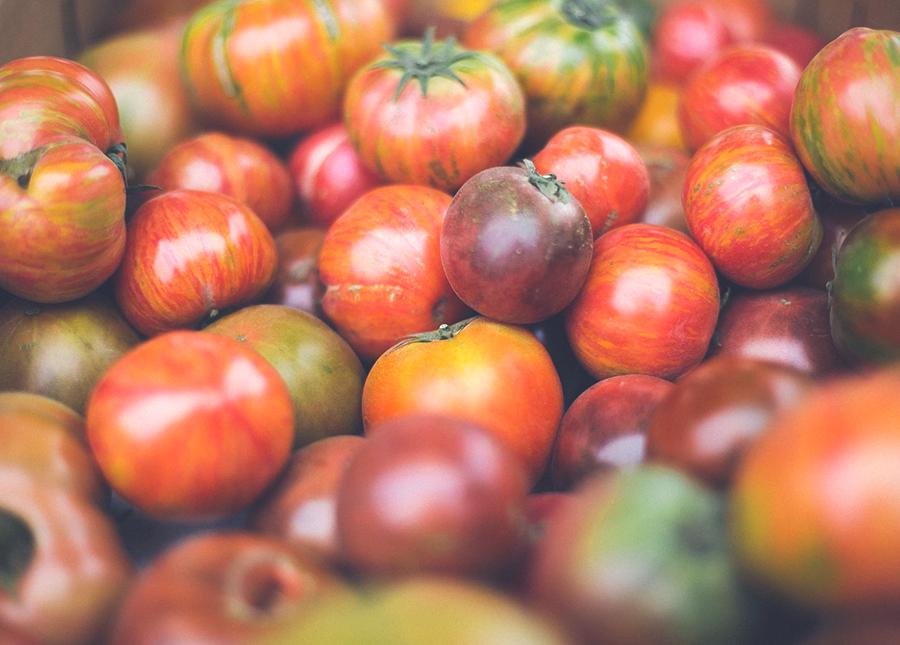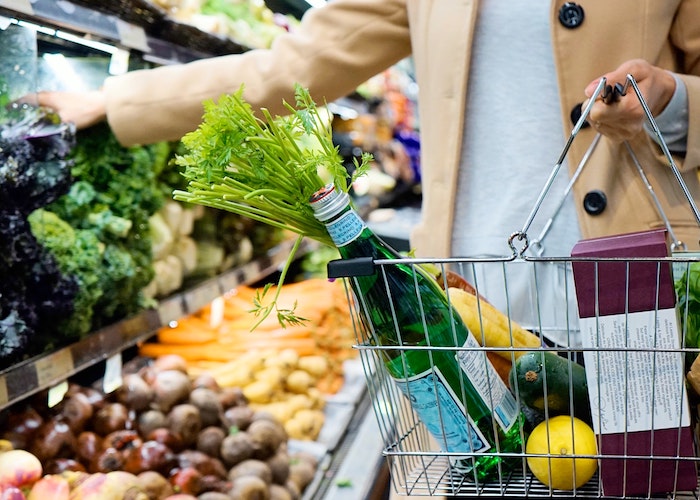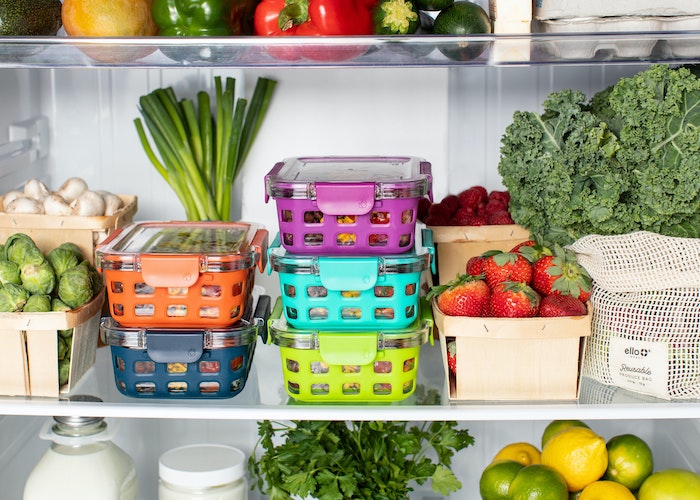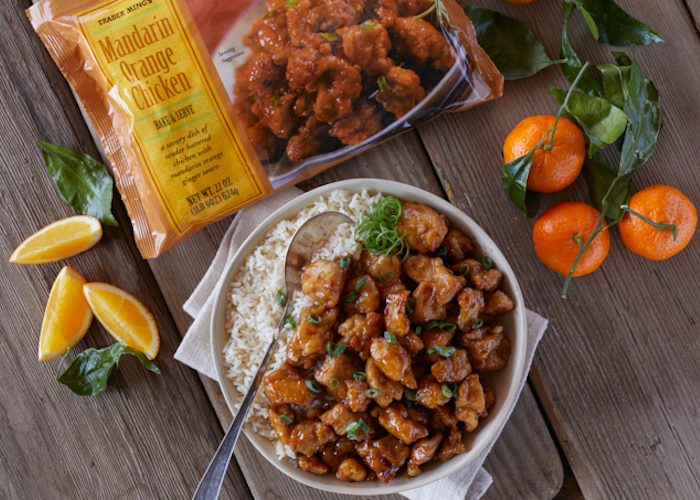6 Creative Ways To Use The Kitchen Scraps You Usually Throw Out

It’s no secret that Americans are among the top contributors of food waste worldwide, throwing away nearly half of domestic produce annually — which equates to $1,600 for the average family of four — and yet millions suffer from food insecurity. Many believe that it is less of an issue of increasing food production and more so of utilizing and distributing food efficiently. While a portion of the country’s food waste comes from farm spoilage, grocery store waste, and restaurant discards, the primary culprit is individual households.
Our consumerist culture feeds the compulsion to replace our belongings with their latest and greatest counterparts as soon as the newer version becomes available. All of a sudden, we see the “flaws” in our “old” items, and we feel we deserve the upgrade since ours is no longer perceived to be the best. This toxic outlook becomes so pervasive that it plagues many aspects of our lives, especially when it comes to food. We throw away last week’s spaghetti to make room in the fridge for tonight’s pot roast, or we buy six fresh crisp apples because the two left in the fridge are a bit wrinkly. So instead of repurposing the spaghetti into tonight’s crispy pasta fritters for a side dish, and the apples into a sweet crockpot caramel apple crumble for dessert, our waste-happy mindset makes us think it’s acceptable to toss perfectly edible food. Our hard-earned food consequently ends up in the trash because it doesn’t look as appetizing as making or buying something new. Sound familiar?
Sometimes I’ll make too much of something and it ends up spoiling, or I’ll succumb to laziness and toss an old ingredient that I don’t feel like cooking. But simply being more aware of what I am wasting helps me adjust my throwaway mindset. I find myself increasingly reluctant to toss leftovers and other food scraps that take up precious fridge space. Instead of looking at these “sub-par” foodstuffs as a burden, I make it a game to see how much use I can get out of a single item. It’s better for the environment, it’s better for my wallet, and it’s better for my social conscience. Plus, it’s fun to come up with new and creative ways to use old items. Perhaps my efforts alone are not going to end food insecurity, but actions are contagious. You too can adopt this list to help you get the most out of your food:
1. Beet Stems and Leaves
Beets are one of my absolute favorite vegetables; they are versatile, high in potassium, vitamin C, and iron, and add a pop of color to any dish. While the beetroot itself is what people tend to cook with, did you know that the stems and leaves are also edible? I cringe whenever I see someone throwing out perfectly good tops. Next time you’re making a dish with beets, incorporate the stems and leaves into your recipe, or save them for a side dish. My favorite way to make them is to simply sauté with a little olive oil, salt, and pepper, and drizzle with balsamic — but you also can’t beet this gorgeous summer salad recipe.
2. Bread Scraps
Back in elementary school, I had a friend who would always “drop” her half-eaten sandwich on the ground so she could get permission from the lunch monitor to buy zebra cakes early. If you are a parent of a child who is particular about their crusts, or don’t prefer them yourself, next time save any sandwich leftovers, pizza crusts, stale bread, loaf heels, and even crumbs that you accumulate in one container. There are countless ways they can be used up, from homemade croutons to crispy casserole topping to these mouth-watering french toast muffins. (Crust me on this one; it’s a heel of a good recipe.)
3. Broccoli/Cauliflower Stalks
The flavorful florets of broccoli and cauliflower are no doubt the main stars of these plants. They add dimension and crunch to any meal, and they are delicious smothered in cheese. But did you know you the stalk/stem portion can be just as delicious? Broccoli stems themselves are actually more nutrient-dense than the florets with higher amounts of Vitamin C, calcium, and iron. Some find the stalks too rough and bitter to enjoy raw, but they are tasty when cooked properly. You can easily incorporate the leftover stalks into any vegetable dish or soup, or blend them with other vegetable scraps to make a super greens puree. One fun way to eat a broccoli stem is to cut it horizontally into quarter-inch discs, and then roast them with olive oil and parmesan cheese for a healthy potato chip alternative to stock in your fridge for when 3 PM cravings set in.
4. Potato Peels
I wait all year for the scrumptious rich and creamy mashed potatoes that make their debut at Thanksgiving dinner. I even find the meticulous peeling beforehand somewhat cathartic in the midst of holiday chaos. Although I enjoy the dish with the skins, if you prefer a creamier version, then peel them into a storage container rather than directly in the trash. You can use them later by lining a baking tray with the leftover peels, toss with olive oil plus whatever spice you have on hand, and bake them on 400 until crispy. If you’re asking for extra indulgence, sprinkle with onion powder, bacon, and cheddar for something savory, or cinnamon, brown sugar, and chocolate chips for something sweet. While the fleshy part of the potato has high amounts of vitamin C and B6, the skins contain higher amounts of fiber and iron, and less sugar.
5. Celery Leaves
Ants on a log bring back nostalgic memories of afternoon bliss that ensued right after you got home from school and before you had to start homework. High in fiber and vitamins, the crunchy celery pairs perfectly with savory peanut butter and the sweetness of raisins. Those tranquil afternoons are long gone, but I still enjoy the same sentimental snack from time to time. Now that I’m grown and have the delightful responsibility of paying for my own groceries, I know better than to waste the leaves. You can easily incorporate them into any salad, or if you’re feeling a spark of creativity, try out this healthy green smoothie.
6. Meat Bones
While I don’t eat a lot of meat, when I cook it myself, I try to be respectful of the life that was given and utilize as much as possible. The best way I can think of doing so is to freeze any leftover meat bones and scraps for later use in soup. I find homemade broth to be vastly more flavorful than bouillon cubes or boxed versions, and it contains an arsenal of nutrition with high amounts of protein, calcium, potassium, and iron. When you’re ready to make your soup, throw your leftover bones into a crockpot with some water and leave it overnight. In the morning, add some veggies, rice, and whatever other food scraps you have, and you’ve got yourself a nice hearty button soup ready when you get home.
*****
Writing this article has got me thinking of the myriad ways I want to reuse the leftovers in my fridge. I have to attribute some of my culinary creativity to my mom since I grew up eating her masterpieces constructed from seemingly nothing. Watching her cook taught me to look at ingredients in more than one way and think outside the box. Not every experiment ends up a raving success, but the intention can kindle new joy in the daily chore of cooking. Whether you search for Pin-spiration or construct your own novel dish, there’s always a way to get more out your food.
Kara is a working twenty-something from Maryland who is trying to figure out her next career step. She enjoys personal finance, rock climbing, traveling anywhere and everywhere, and trying out new hobbies every six months or so. Her dream is to one day own her own business, but has yet to come up with any good ideas.
Image via Unsplash




